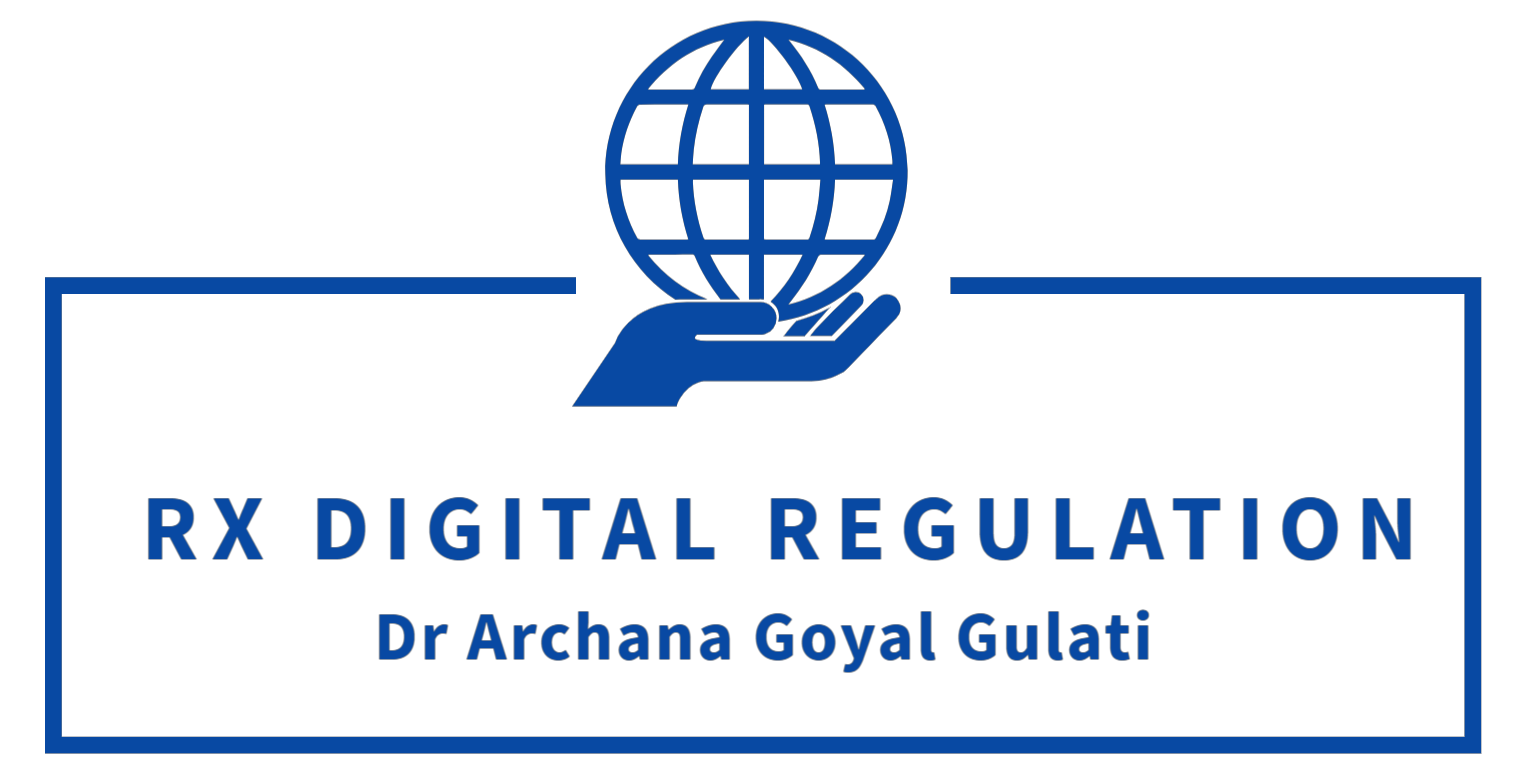
Adopting Open Access Models

Today’s newspaper carries a report about USOF India’s project to provide mobile towers in naxalite affected areas. This project is being implemented by the incumbent PSU BSNL on nomination basis. The report states that BSNL is soon to finalise its tender for equipment which is being sourced from indigenous manufacturers.
I have written earlier on this topic in my post, “USOF India’s Scheme for Mobile Towers in Disturbed Areas” under the label USOF India and mentioned that this project could have been awarded based on bidding basis as there is no information in the public domain that indicates that private operators were unwilling to compete for such a project.
In my view, competitive neutrality is possible even when security concerns are paramount and viability is non-existent in the short to medium run.
Bidding could have been carried out for setting up and running of the sharable mobile towers at hundred percent government cost (as is being done in this case) for a predeclared period covering at least the the life of the towers. Thus the company setting up the tower would be fully compensated for its costs and (possible) lack of tenants/customers.
Additionally, the possibility of (other/multiple) service providers being willing to compete in the access segment could have been explored. The underlying condition could have been the requirement for the infrastructure providing operator to provide non-discriminatory access to licensed mobile service providers. The latter would be enabled to hoist their antenna on this tower free of cost and provide access to customers in this region. This would bring in competition both from economy in use of public funds (assuming that at present USOF would necessarily bear the cost of service provision by BSNL too) and from choice for customers.
Given that some of these areas may not attract service providers even with rent free passive infrastructure being in place, BSNL could have been asked by the government to be the provider of last resort on towers where no service provider came forth with due compensation.
Such a scheme would require more effort on the part of USOF in terms of design and implementation. It would however be worth the effort as it would lay the ground for access competition in in the medium to long run if not short run even in thsi disturbed region.
There is a need to learn from past experience regarding the easy option of monopoly service provision, especially when public funds are used.

